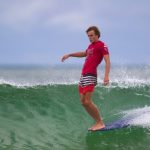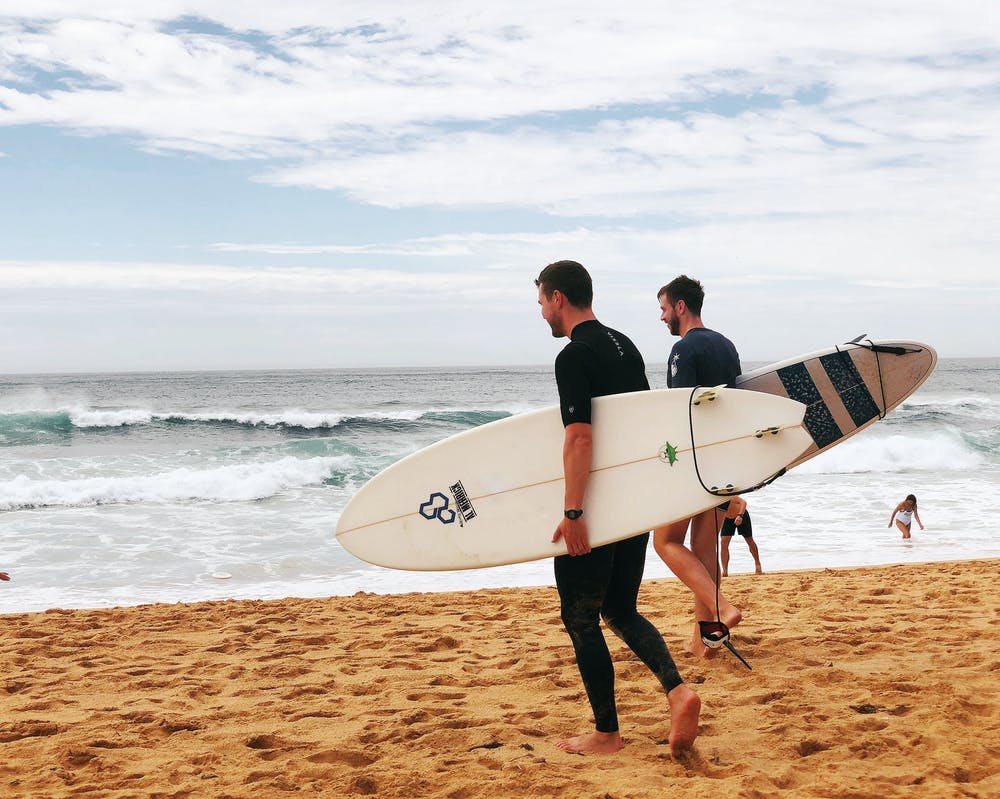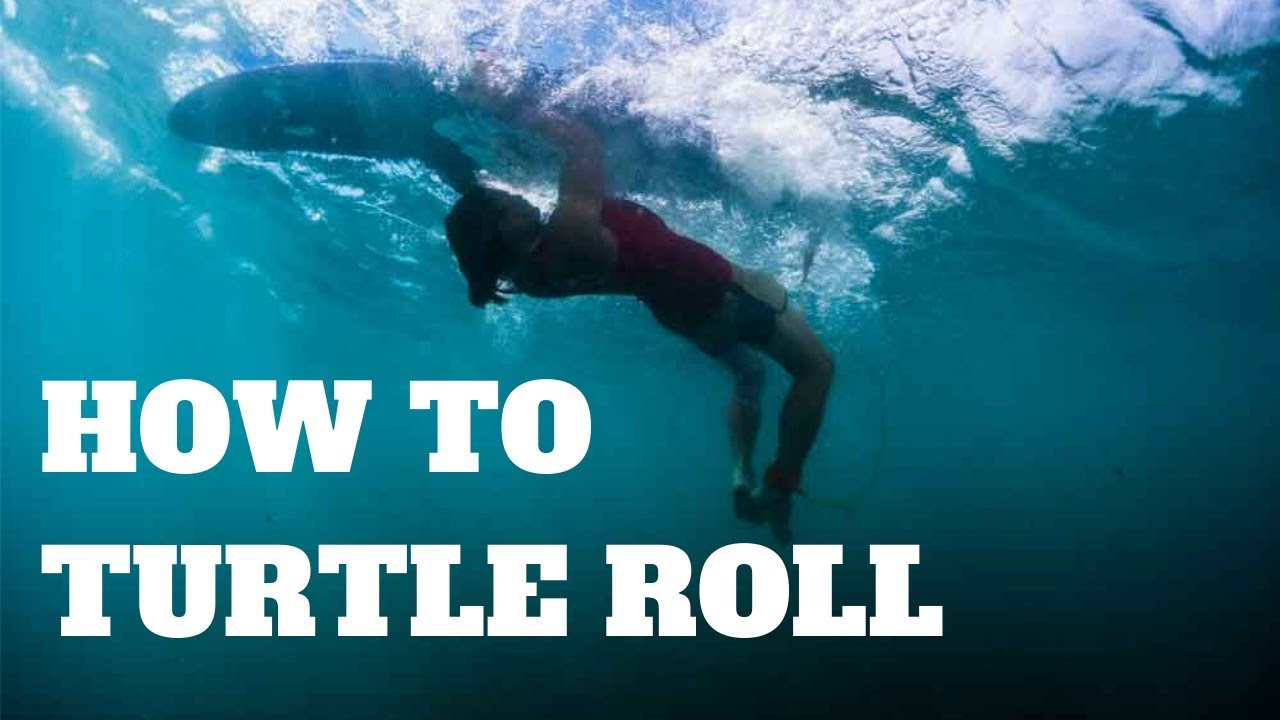In surfing there is such a thing as “Aerial tricks”, some of the most progressive surfers can really perform such tricks, professional athletes push the limits of what is possible, but you have to pay for everything.
Most often, injuries occur on the athlete’s ankle, less often the foot is injured. While jumping and being in the air, the legs are safe, but at the moment of landing on the water, unforeseen problems can begin. At the moment, the development of tricks in surfing does not stop with the interaction of the surface of the board, or the water surface, now most surfers are trying to show themselves in the air as well. Sports, medical practice shows that as soon as an athlete begins to leave the water surface, soaring into the air, the risk of injury increases, especially for the athlete’s ankles.
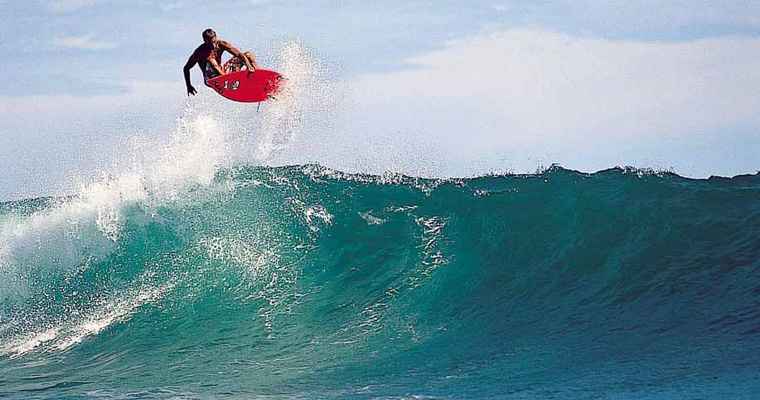
Tim Brown, who is the vice president of ASP, has been working with professional surfers for over thirty years in sports medicine, and he has also conducted research on NBA athletes whose sport is directly related to jumping and ankle injuries. He identified the problem with the feet and ways of possible treatment without side effects in the future. According to him, injuries take place when it comes to such tricks that are called “air”. Injuries of this kind are inherent in just basketball, when an athlete, having landed unsuccessfully, gets injured. The reason for such injuries is the evolution of modern surfing. The frequency and height of the performance of “airs” by professional athletes has increased greatly, which increases the chances of an unsuccessful landing.
“It’s like a ticking time bomb,” says Brown. “Everyone knows that the surface of the water surface changes, the swell changes direction, the wind can change the wave in an instant, even the wave itself is often unpredictable. Thus, the athlete takes off, but will land in completely different conditions and there is no one hundred percent certainty in the successful outcome of the trick. To be honest, the human body is not ready for such bullying that professional athletes subject it to. As the intensity and complexity of the trick grows, so does the trauma.”
“The latest sporting trend in the field of aerial acrobatics is very clearly characterized,” says Taj Barrow, who himself was injured when he broke his four metatarsal bones in his foot and the Lisfranc joint of his left leg while trying to land frontside air in 2005. Athletes perform such incredible jumps and turns in the air that they lead to injuries, no matter how young and flexible the surfer is.”

To minimize these problems, professional surfers are increasingly turning to medical professionals for help, as well as preventive training. These preparations include C.H.E.K classes, which include: a personal trainer, yoga, a gymnastic ball, as well as adjusting the muscle balance of the legs. And in the event of an injury to an athlete, medical specialists begin treatment using the accumulated experience from other sports, such as basketball, in which the athletes’ legs are constantly subject to injury.
Pro-surfer Koloha Andino had to consult six medical specialists after suffering an ankle injury last summer. Dr. David Crews, a sports medicine specialist who was part of the Colohe treatment team, notes that athletes’ bodies are simply not ready for such a load on the legs and if surfers want to minimize or avoid damage, then they need training techniques that are used in gymnastics. . By doing this, they will be able to make the muscles and joints of the legs as elastic as possible.
For example, exercises that increase balance skills, as well as the correct execution of jumps, gymnasts practice these skills at the beginning of their training. The approach was also applied, taking into account the specifics of surfing, the athlete was asked to jump and land not on the floor, carpet, or other stable object, but on a specially created structure that simulates a changing wave.
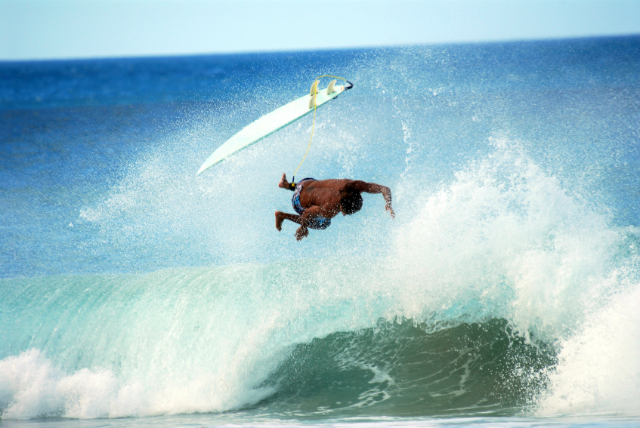
The purpose of such exercises is to increase effective landings without a possible injury, due to the athlete’s readiness for changing conditions and the improved, practiced balancing of the athlete. Due to repeated repetitions, the athlete develops muscle memory, which is also developed on the wave, but the wave can cause injury, and such exercises teach the athlete new skills without causing injury.
However, another problem arises – is such training enough to compensate for the damage that can be done to the body of a surfer during his entire career. The most severe ankle injuries can put an end to the future career of an athlete. Perhaps already, some athletes are paying for such acrobatic stunts, no longer having the opportunity to play their favorite sport.
In sports such as skateboarding, or gymnastics – more traumatic sports than surfing, the athlete reaches the peak of his athletic form at a young age, because in the future, his previous injuries accumulate and the athlete may become uncompetitive. The aerial acrobatics fan “shines very brightly, but will burn out much faster. In all sports, prevention is needed, which can help to avoid many problems at an older age.
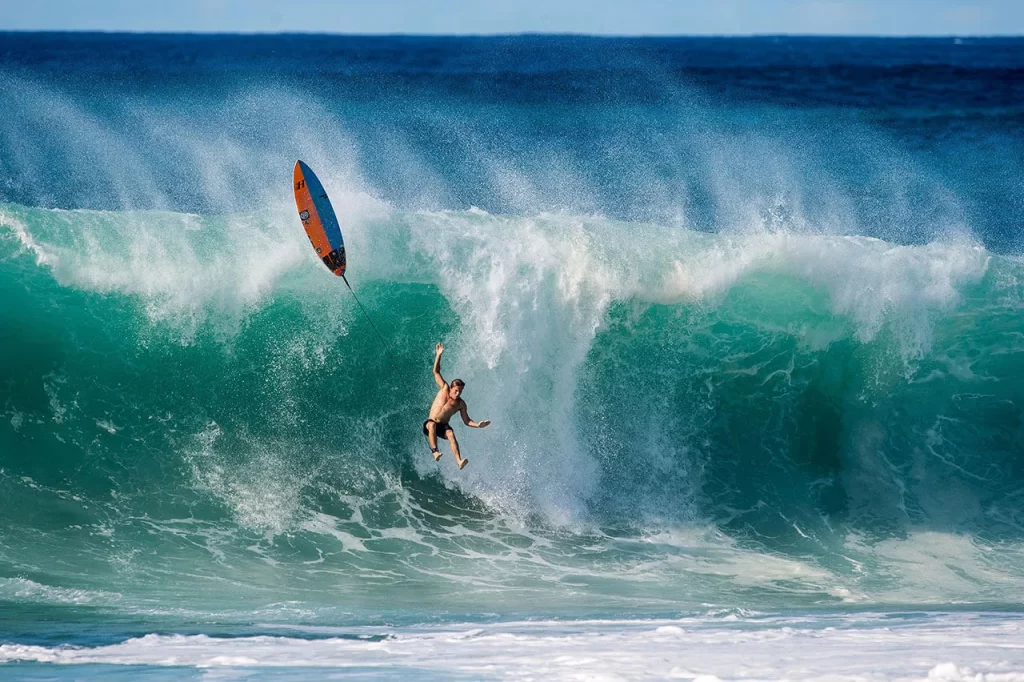
“The problem of crazyness is typical only for young athletes when you train without sparing yourself,” says Mick Fanning. In the middle of the last decade, he recovered from one very unpleasant injury, although not related to the Airs, but very complex and severe. “When you’re young, you don’t look ahead and you don’t pay attention to advice. But as you get older, you begin to understand that you need to train properly and you can perform a lot of tricks without injury at all. Take a look at Kelly for yourself, he performs incredible and complex stunts without any consequences. If you want to stay in the ranks for a long time, then engage in training that can protect you from injury and devote your time to prevention.


